When communication goes wrong it breeds resentment, conspiracy theories, siloed working, anxiety and drains a business’ resources. Storytelling as a culture promotes healthy communication habits, a collective sense of purpose and mutual respect, as it prioritises the impact and effect of communication on each colleague in the business.
Your greatest assets to creating a healthy and effective communication culture are the storytellers in your own business and by that we mean everyone in your business. When a business prioritises the discipline of storytelling there is more likely to be a healthy, vigorous flow of clear, engaging, and memorable communication throughout the organisation.
For leaders this might mean being able to convey complex information in a compelling and relatable manner, leading to better understanding and retention of key messages.
For employees this might mean being able to better engage and motivate their peers, influence their seniors, and build cross-function relationships.
For everyone it means becoming a more effective ambassador for the business whether they are talking to a customer, a contractor, an external stakeholder, or someone they have met at a party.
So what exactly is storytelling? The unique design of a story enables us to articulate our purpose, our values, and our value, in a way that is engaging, and impactful for that particular audience. This sounds very simple, but we have seen using the framework of storytelling radically shift the co-ordinates of how an organisation interacts with its people.
If you aren’t using a storytelling mind-set there is a danger you are sounding ‘tone deaf’ to your audience.
Since print and broadcast was invented, film makers, TV producers, journalists and novelists have been using story principles to get your attention. A story is the most successful model of communication in the world because it is perfectly designed to engage the audience, keep them listening and inspire a response. What is extraordinary is that every story ever told follows the same design.
This design is a complex model that human beings navigate effortlessly when we are relaxed. In a nano-second we compute our purpose, the interests of the audience, a selection of detail relevant to the story, and craft a clear narrative journey. Unfortunately, when we aren’t relaxed, we cannot recreate the process. At The Storycoach, we have distilled this instinctive storytelling process into a simple planning tool we call Three Steps to Impact which enables your team to use the principles effectively whenever they communicate. It is also the foundation of our facilitation for solving a whole range of challenges where impactful communication is the key.
How does this actually work?
We make a plan with you based on your objectives, time-frame and location. We begin every package with a workshop, (ideally in person but can be online), which is an enjoyable, practical, ‘rewiring’ experience which changes the mindset on communication FOREVER, equips attendees with the storytelling tools, and starts to define the story our clients need to tell. Then depending on whether we are focused on training or delivering a communication objective, we design a programme which could include:-
- Online 121 story coaching sessions,
- Online/in person group workshops
- Collaborative online writing sessions
- Development and recommendations from The Storycoach
To help you imagine what this could look like for you here are a few case-studies:-










